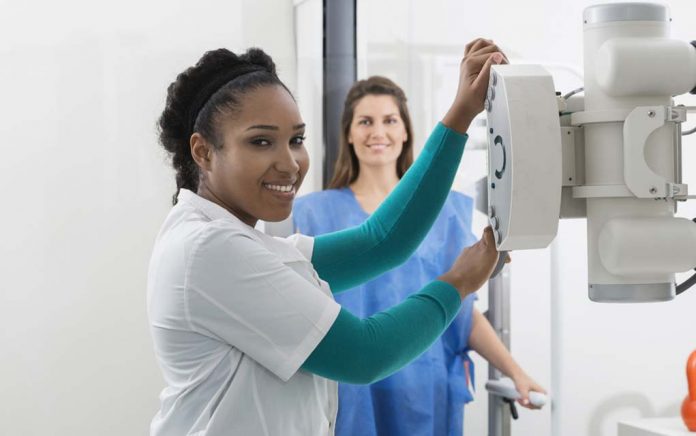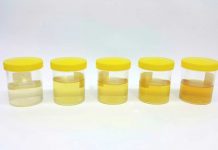
(AscendHealthy.com) – Cancer can strike anyone. Risk factors can stack the odds, with some tipping the scales a little heavier than others, but no one can be certain they’re cancer-free without undergoing certain types of tests.
Most organizations recommend that women begin screening for breast cancer by age 50, with those at high risk starting even earlier. Some women are uncertain, however, as to whether the benefits of getting mammograms outweigh the risks. Here are all the facts.
Risks of Regular Mammograms
According to Consumer Reports, about 2,800 yearly cases of breast cancer can be traced back to radiation-based medical imaging, which also includes X-rays and CT scans. A study published in Annals of Internal Medicine estimated that at least 125 in every 100,000 women get breast cancer each year as the direct result of mammograms.
Not everyone has the same risks. Women with large breasts or those who have displaced tissue due to implants may need to undergo more imaging than most, which means more radiation — and more radiation means increased chances of cancer.
There are also the risks of false-positive results and overdiagnosis, warns the American Cancer Society. Over half of all women get at least one false-positive result in a 10-year period, which can lead to unnecessary biopsies and lump removals. Then, some cancers aren’t aggressive enough to justify treating, but doctors can’t tell them apart from the aggressive tumors, so they remove them just to be safe. Surgery requires recovery time and can be expensive, and the worry and potential disfigurement over some lump removals can leave patients both physically and emotionally scarred.
Are Mammograms Worth the Risks?
Despite the risks, most experts still recommend that women between 50 and 74 get regular mammograms. Yes, the radiation exposure does cause some cases of breast cancer, but for every 100,000 women who regularly get screened (including those 125 cases of cancer caused), mammograms catch 968 cases early enough to save their lives.
Considering the CDC’s most recent yearly reports on this deadly disease, showing 250,520 new cases and 42,000 deaths, the risk of not catching breast cancer as early as possible is likely the bigger threat.
Breast cancer screening isn’t risk-free, but it does save lives. In addition to regular mammograms, monthly self-exams and healthy lifestyle changes can go a long way in catching early cases and improving treatment times. We can turn the odds, but it’s up to each of us to do our part.
~Here’s to Your Healthy Ascension
Copyright 2023, AscendHealthy.com




















